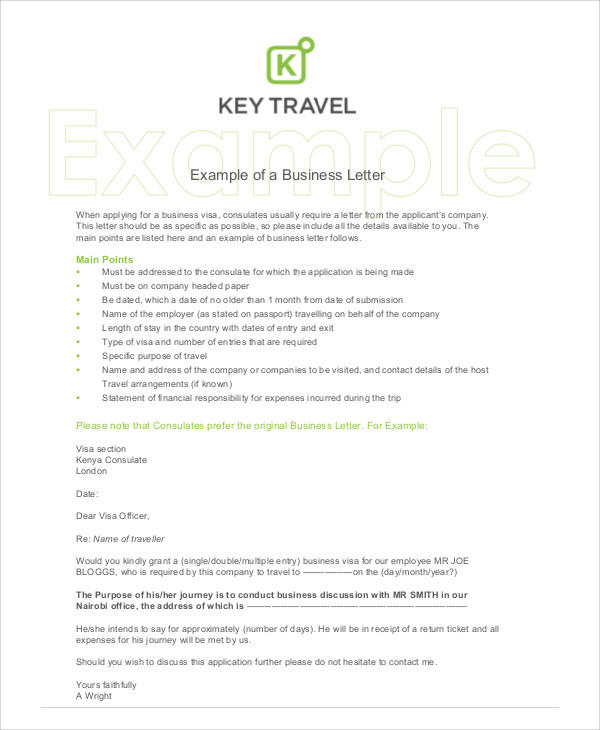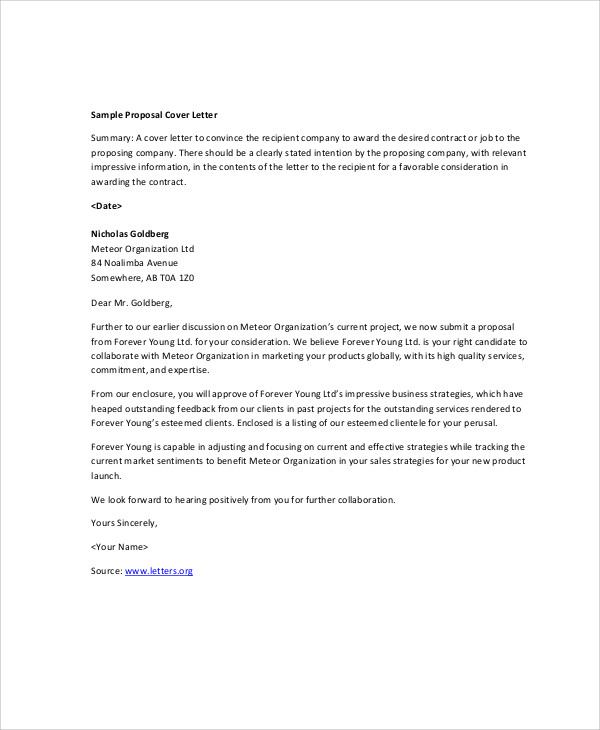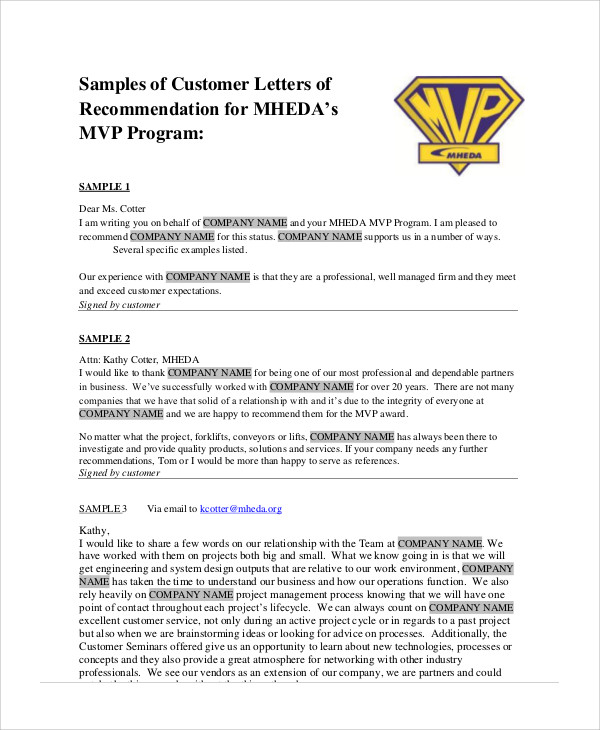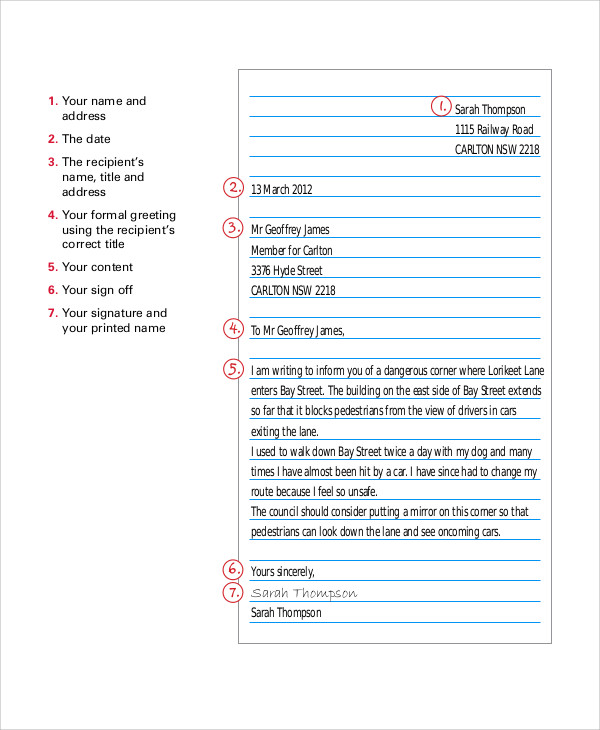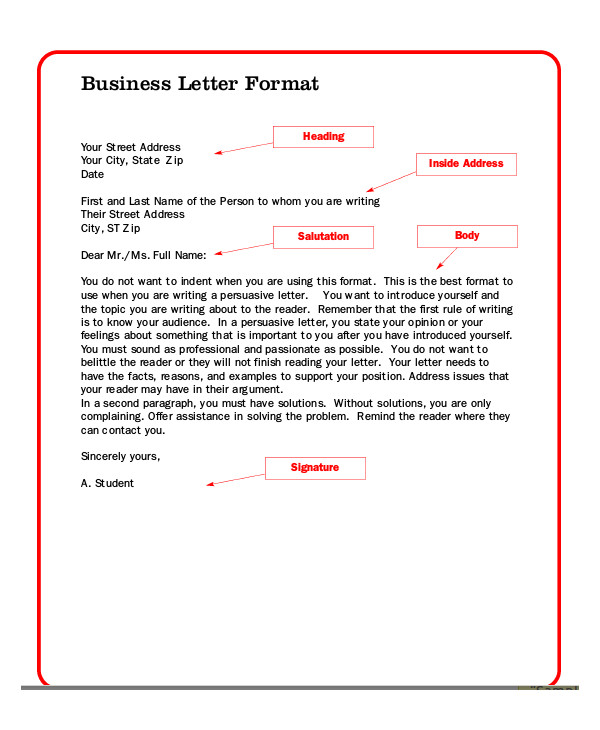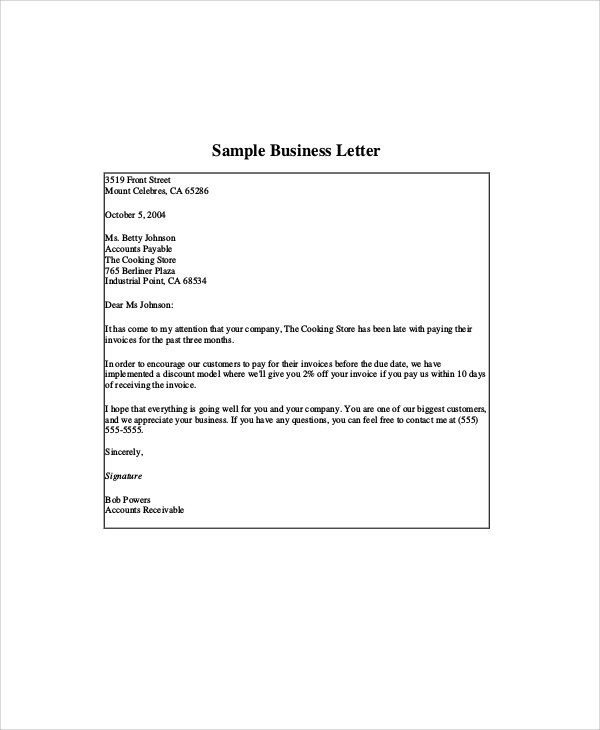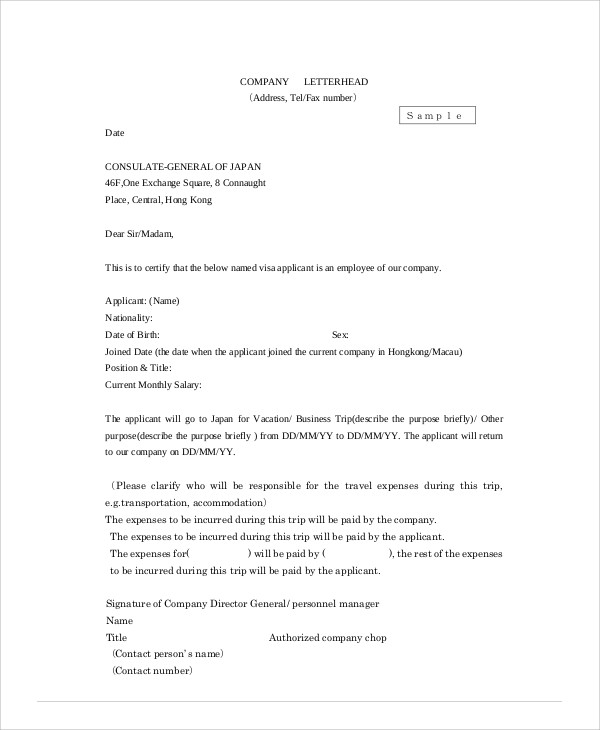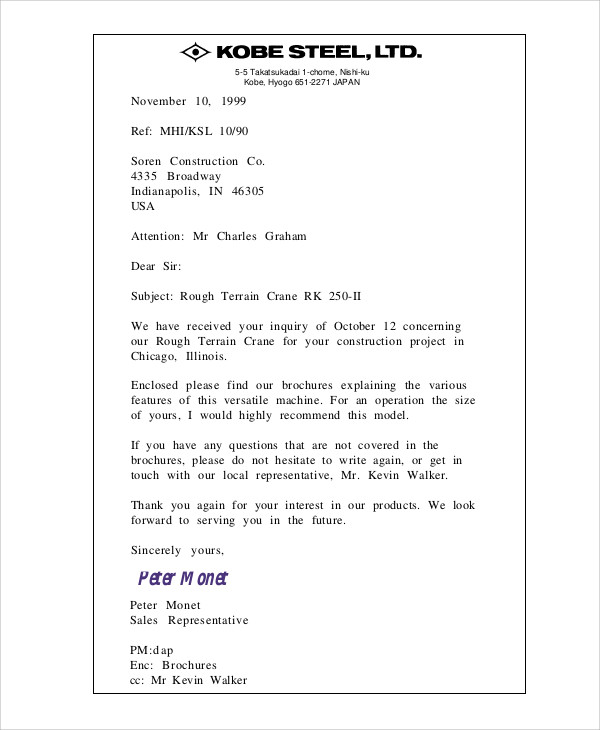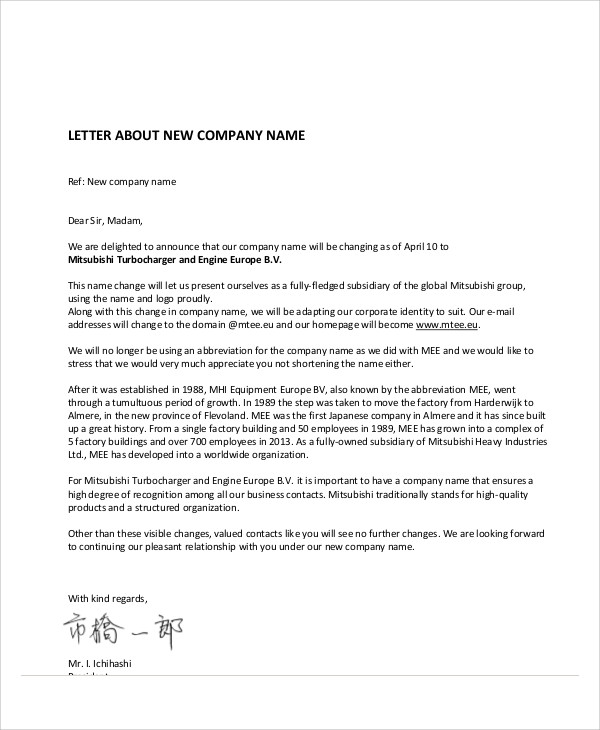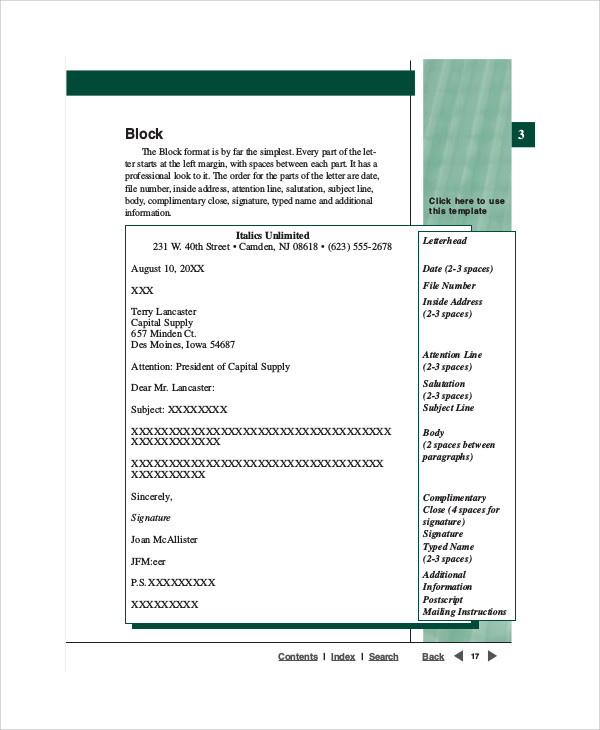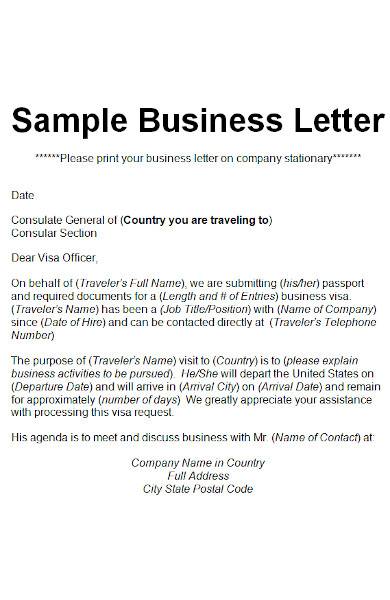Business letters are the preferred medium of communication between those involved in a professional relationship. Letters like these are most commonly exchanged between professionals, corporations, companies, or organizations and their clients, customers, business partners, or each other.
While it cannot be denied that technology has and continues to offer faster, easier, and more convenient ways to communicate, business letters are still the preferred means of official correspondence. This is due to the sense of professionalism and sense of urgency that an official letter carries with it. Illusions and impressions aside, these letters also have a practical use: they serve as tangible and concrete documentation for orders, memos, requests, notices, complaints, and deals.
Being able to conjure a well-written business letter is an essential tool for anyone who makes a living in the corporate world. Download these Sample Letters and see the guidelines that accompany them to help you write a business letter.
Examples of Business Letter to a Company
Company Business Proposal Letter
Company Business Recommendation Letter
Business Letter Format Example
Sample Business Letter Format in PDF
Format
No matter the contents of your letter, most business letters follow relatively similar formats. See the standard format below and use our Personal Business Letters as reference for faster and easier letter composition.
- The letterhead is the printed heading on the paper that states the organization’s name, address, and contract information. If your company does not have an official letterhead, you can make do with writing the information it should contain on either the left or right upper corner of the paper.
- The recipient’s and the sender’s names, addresses, job title, and location must be present and above all, correct. If you don’t know the recipient’s information, call their company and ask for it. Be sure to use a general “To Whom It May Concern” as a last option.
- Because these letters serve as official documents, make sure to include the date when the letter was completed.
- A reference may be included, but is not required. This is a word, phrase, or sentence that gives the reader an idea of what the letter could be regarding.
- While opening salutations typically begin with a Dear, there are some who are uncomfortable with this and skip straight to the recipeint’s name. This all depends on the preference of the writer.
- The letter’s body must transition smoothly from one idea to the next. Doing so would make the letter sound less awkward and a lot more professional.
- Always close the letter with a thanks and call to action. Use a nice pen to handwrite your signature.
Example Business Letter in PDF
Company Business Letterhead Sample
Construction Company Business Letter
New Company Business Letter
Company Business Letter Format
Company Business Letter in MS Word
Writing a Business Letter
Information
Make sure to have the important contact information written in. Know exactly whose hands the letter should end up in and write their name. Use general greetings such as “To Whom It May Concern” as a desperate resort.
Introduction
Upon opening the envelope, the recipient is expecting to read a business letter, not a novel. Don’t worry about sounding poetic and flowery. Instead, go straight to the point to avoid wasting time.
Body
Persuasive Business Letters own their statement and speak with authority. However, as firm and professional as you should be, don’t forget that both you and the recipient are human. It wouldn’t hurt to be a little conversational in your letters as long as you maintain professionalism.
Closing
Always thank the recipient for taking a the time to read your letter and, if appropriate, tell them you look forward to receiving a response. Close the letter with a salutation like “Sincerely” or “Thank You.“
Related Posts
Resignation Letter for Medical Samples & Templates
Letter of Intent Samples & Templates
Letter of Intent for a Job Samples & Templates
Lease Proposal Letter Samples & Templates
Letter of Inquiry Samples & Templates
Character Reference Letter Samples & Templates
Claims Letter Samples & Templates
Response Letter Sample & Templates
Follow Up Letter Samples & Templates
Sample Project Proposal Letter Templates
Donation Letter Samples & Templates
Addressing a Formal Letter Samples & Templates
Grievance Letter Samples & Templates
Sample Sponsor Thank You Letter Templates
Sample Letters of Request
